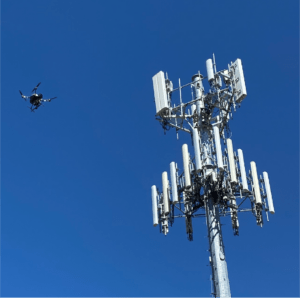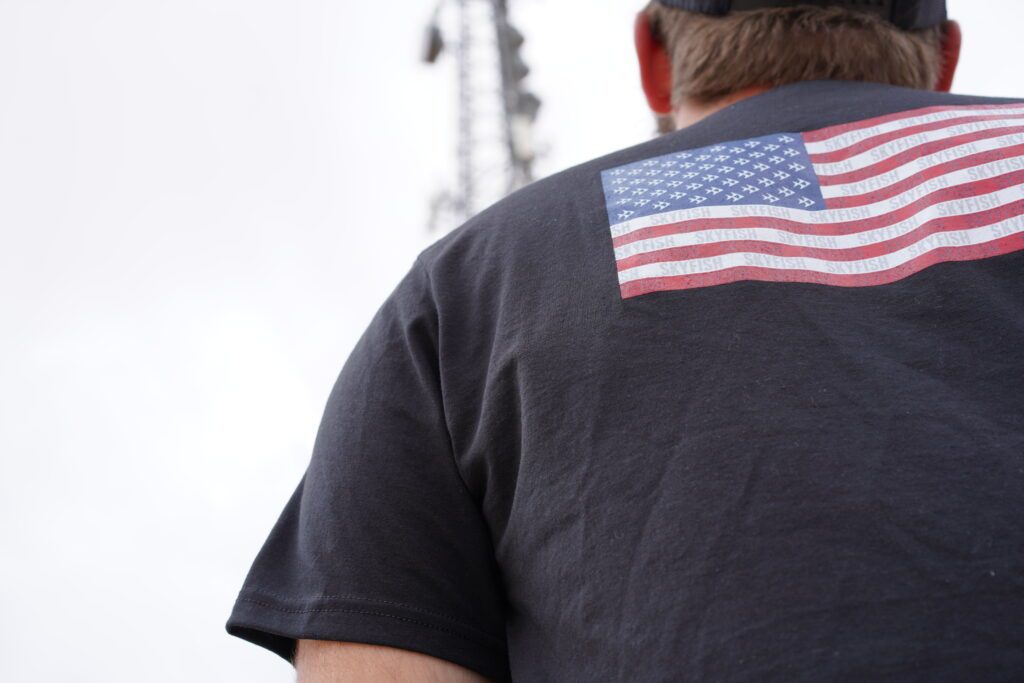 US drone company skyfish Made in the USA, NDAA Compliant Market: Timeline
US drone company skyfish Made in the USA, NDAA Compliant Market: Timeline
news and commentary
Continue reading below or listen to:
Over the last six years, the number and size of U.S.-based drone manufacturers and their opportunities have grown significantly. skyfishU.S. manufacturer of engineering-grade drones .The timeline they published shows the government increasing pressure to reduce its reliance on foreign-made drone platforms from 2017 to the present. As explained in , it is clear that efforts to reduce US dependence on imported technology continue to influence the development of domestic drone manufacturing.
Skyfish CEO Dr. Orest Pilscalns said: “Skyfish is one of the companies that developed our product and has been able to grow significantly as a result.”
The chart below presents a fascinating picture of policies spurred by geopolitical events, pandemics, the investment climate, and other technology battles like Huawei’s struggle in the telecommunications industry. All of this contributes to government efforts to limit exposure to Chinese technology.What has become recognized as a critical manufacturing capability in the United States

Skyfish’s timeline begins in 2017 when the Navy and War Departments issued a memorandum of understanding recognizing the risks of cyber vulnerabilities in China-manufactured drone platforms. By this time, many U.S. drone manufacturers had already established and were developing platforms, but very few were readily available and most relied on foreign-made components. Founded in 1971, Aerovironment began manufacturing manually-launched drones for the military in the 1980s. Other smaller commercial drone companies, including ecosystem players such as 3DR (2009), AgEagle (2010), PrecisionHawk (2010), Skydio (2014), Skyfish (2014), and AirMap (2015) Developed or manufactured products. .
DJI was founded in 2006 in the manufacturing and engineering hub of Shenzhen, China, and by 2017, DJI was the dominant player in the recreational and commercial drone market, holding an estimated 70-90% market share. doing. The company, which raised his $75 million from US-based investors in 2015, was worth nearly $15 billion in 2018 and was rumored to be planning an IPO.
Although DJI did not market its products for military use, many government users have opted to purchase commercial off-the-shelf (COTS) drones without going through the procurement process, given the relatively low costs involved. I often did. The memo instructed Army and Navy personnel not to use DJI drones and anything that relies on their components. (See the text of the 2017 article and notes here.)
Also in 2018, former President Trump enacted sweeping tariff reforms that targeted Chinese manufacturing and fueled a trade dispute between China and the United States. A Huawei executive was arrested in Canada on charges of violating trade sanctions.
2019: Turning Point
A turning point for the domestic drone industry came in 2019, when a presidential proclamation for the first time made small drone platforms “essential to the defense of the nation,” referring to the Defense Production Act of the 1950s. The declaration made it clear that the government has two goals: to limit exposure to foreign technology and to support domestic industry.
This change in attitude towards small drones was followed by the introduction of the National Defense Authorization Act. It called for a ban on the U.S. government’s use of drone technology manufactured by covered foreign entities. (See some of our articles on the NDAA and our efforts to ban China-made technology.) Requirements outlined and a clear path to identifying “Made in the US” drone platforms was established.
As the pandemic swept across the globe in July 2020, consumers and businesses experienced significant supply chain disruptions, making imported goods more expensive and difficult to access. During the crisis, the U.S. government followed the President’s proclamation and his NDAA implementation by providing his CARES Act funding of $13 million to the commercial drone ecosystem through the Defense Innovation Unit.
In the same month, domestic drone company Skydio received $100 million in investment capital to boost production. In August 2020, the Defense Innovation Unit published the first “Blue sUAS” list. Here is a list of five individual drones approved for use by the Department of Defense. (While demonstrating the cybersecurity of these platforms, the list was limited by DIU’s resources for testing platforms suitable for DoD use.)
Trade and diplomatic relations with China continued to deteriorate in 2020. The US closed the Chinese consulate in Houston following accusations of industrial espionage, and China closed the US consulate in Chengdu in retaliation.
 2021: America’s Security Drone Act
2021: America’s Security Drone Act
In 2021, NATO declared China a “security challenge.” A move to restrict the use of Chinese drone technology in government agencies from 2021 to 2022 continues.
DJI’s export and addition to the FCC listing may have had limited material impact, but by this point the ban on Chinese products for government use was well established. Investors recognized the opportunity and backed U.S. drone makers.Companies sought new ways to manufacture parts in the U.S.
Government agencies have also increased investment in U.S. drone manufacturing, helping the domestic market develop capabilities and giving these companies the opportunity to develop more commercial products. (See our article on investing in AFWERX.)
what’s next?
As we enter 2023, federal efforts to support the domestic drone industry continue. Better Competitiveness Against US Drone Laws in 2023Lawmakers continue to call for restrictions on Chinese-made drone technology as the geopolitical situation evolves. This strong word editorial From Senator Rick Scott, announced this week.
No one knows how the law and international relations will develop in the future, but the government’s efforts to ban Chinese-made drone technology and develop the domestic drone industry will undoubtedly have an impact on the market. From just a few manufacturers a decade ago, the domestic drone ecosystem (hardware and software) has expanded dramatically. Manufacturing methods such as 3D printing have enabled domestic production of parts, allowing companies like Skyfish to open new manufacturing spaces and hire new domestic production teams to meet demand from both federal and commercial customers. I’m here. Foreign companies like French manufacturer Parrot are investing in US-based manufacturing facilities to meet the new requirements.
“U.S.-based manufacturing, including that of drones, has become increasingly critical to the security and stability of government operations, as we have seen with the supply chain issues of the pandemic,” Pilskalns said. . “Its manufacturing and technical capabilities will become increasingly important in the future.”
Miriam McNabb, editor-in-chief of DRONELIFE and CEO of professional drone services marketplace JobForDrones, is a fascinating observer of the emerging drone industry and drone regulatory environment. With her 3,000+ articles focused on the commercial drone space, Miriam is an international speaker and recognized figure in the industry. Miriam has a degree from the University of Chicago and high tech she has over 20 years of experience in sales and marketing new technologies.
For drone industry consulting or writing, please email Miriam.
twitter:@spaldingbarker
Subscribe to Drone Life here.
